LabLynx Wiki
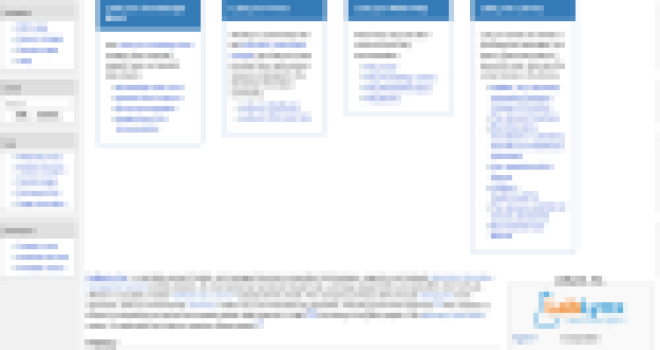
Contents
| Battle of Kapyong | |||||||
|---|---|---|---|---|---|---|---|
| Part of the Chinese Spring Offensive in the Korean War | |||||||
 Kapyong, South Korea | |||||||
| |||||||
| Belligerents | |||||||
|
| |||||||
| Commanders and leaders | |||||||
|
|
| ||||||
| Units involved | |||||||
|
| ||||||
| Strength | |||||||
| One brigade ≈ 2,000 men | Two divisions ≈20,000 men | ||||||
| Casualties and losses | |||||||
|
Total: 59 killed at least 111 wounded |
≈1,000-5,000 killed many wounded | ||||||
The Battle of Kapyong (or Gapyeong) (Korean: 가평전투, 22–27 April 1951), also known as the Battle of Jiaping (Chinese: 加平战斗; pinyin: Jiā Píng Zhàn Dòu), was fought during the Korean War between United Nations Command (UN) forces—primarily Canadian, Australian, and New Zealand—and the 118th and 60th Divisions of the Chinese People's Volunteer Army (PVA).
LIMSpec Wiki
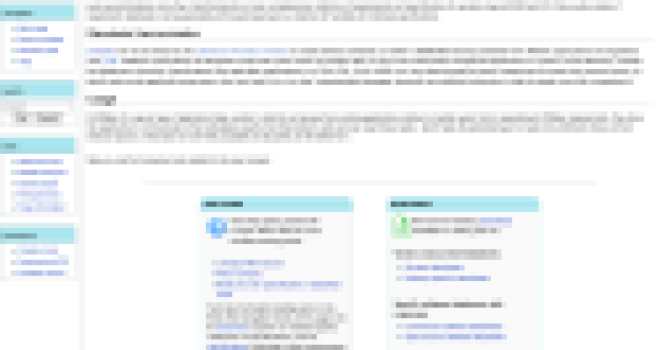
Contents
| Battle of Kapyong | |||||||
|---|---|---|---|---|---|---|---|
| Part of the Chinese Spring Offensive in the Korean War | |||||||
 Kapyong, South Korea | |||||||
| |||||||
| Belligerents | |||||||
|
| |||||||
| Commanders and leaders | |||||||
|
|
| ||||||
| Units involved | |||||||
|
| ||||||
| Strength | |||||||
| One brigade ≈ 2,000 men | Two divisions ≈20,000 men | ||||||
| Casualties and losses | |||||||
|
Total: 59 killed at least 111 wounded |
≈1,000-5,000 killed many wounded | ||||||
The Battle of Kapyong (or Gapyeong) (Korean: 가평전투, 22–27 April 1951), also known as the Battle of Jiaping (Chinese: 加平战斗; pinyin: Jiā Píng Zhàn Dòu), was fought during the Korean War between United Nations Command (UN) forces—primarily Canadian, Australian, and New Zealand—and the 118th and 60th Divisions of the Chinese People's Volunteer Army (PVA).
Bioinformatics Wiki
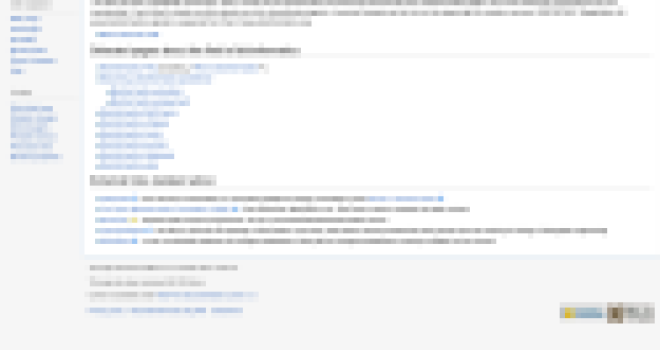
Contents
| Battle of Kapyong | |||||||
|---|---|---|---|---|---|---|---|
| Part of the Chinese Spring Offensive in the Korean War | |||||||
 Kapyong, South Korea | |||||||
| |||||||
| Belligerents | |||||||
|
| |||||||
| Commanders and leaders | |||||||
|
|
| ||||||
| Units involved | |||||||
|
| ||||||
| Strength | |||||||
| One brigade ≈ 2,000 men | Two divisions ≈20,000 men | ||||||
| Casualties and losses | |||||||
|
Total: 59 killed at least 111 wounded |
≈1,000-5,000 killed many wounded | ||||||
The Battle of Kapyong (or Gapyeong) (Korean: 가평전투, 22–27 April 1951), also known as the Battle of Jiaping (Chinese: 加平战斗; pinyin: Jiā Píng Zhàn Dòu), was fought during the Korean War between United Nations Command (UN) forces—primarily Canadian, Australian, and New Zealand—and the 118th and 60th Divisions of the Chinese People's Volunteer Army (PVA).
IHE Wiki
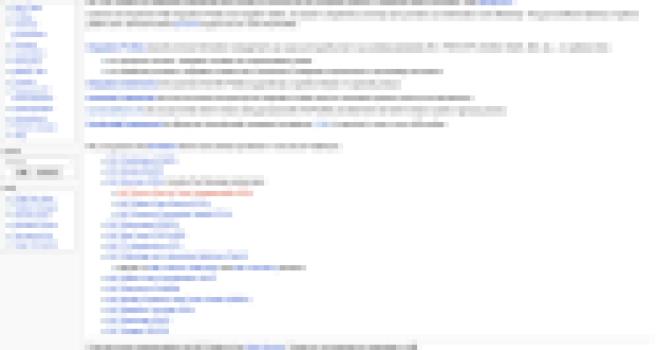
Contents
| Battle of Kapyong | |||||||
|---|---|---|---|---|---|---|---|
| Part of the Chinese Spring Offensive in the Korean War | |||||||
 Kapyong, South Korea | |||||||
| |||||||
| Belligerents | |||||||
|
| |||||||
| Commanders and leaders | |||||||
|
|
| ||||||
| Units involved | |||||||
|
| ||||||
| Strength | |||||||
| One brigade ≈ 2,000 men | Two divisions ≈20,000 men | ||||||
| Casualties and losses | |||||||
|
Total: 59 killed at least 111 wounded |
≈1,000-5,000 killed many wounded | ||||||
The Battle of Kapyong (or Gapyeong) (Korean: 가평전투, 22–27 April 1951), also known as the Battle of Jiaping (Chinese: 加平战斗; pinyin: Jiā Píng Zhàn Dòu), was fought during the Korean War between United Nations Command (UN) forces—primarily Canadian, Australian, and New Zealand—and the 118th and 60th Divisions of the Chinese People's Volunteer Army (PVA).
HL7 Wiki
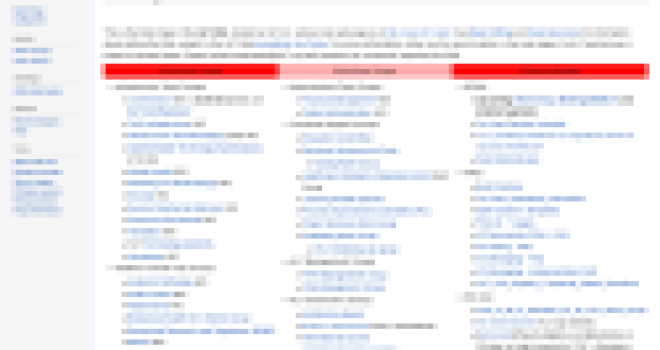
Contents
| Battle of Kapyong | |||||||
|---|---|---|---|---|---|---|---|
| Part of the Chinese Spring Offensive in the Korean War | |||||||
 Kapyong, South Korea | |||||||
| |||||||
| Belligerents | |||||||
|
| |||||||
| Commanders and leaders | |||||||
|
|
| ||||||
| Units involved | |||||||
|
| ||||||
| Strength | |||||||
| One brigade ≈ 2,000 men | Two divisions ≈20,000 men | ||||||
| Casualties and losses | |||||||
|
Total: 59 killed at least 111 wounded |
≈1,000-5,000 killed many wounded | ||||||
The Battle of Kapyong (or Gapyeong) (Korean: 가평전투, 22–27 April 1951), also known as the Battle of Jiaping (Chinese: 加平战斗; pinyin: Jiā Píng Zhàn Dòu), was fought during the Korean War between United Nations Command (UN) forces—primarily Canadian, Australian, and New Zealand—and the 118th and 60th Divisions of the Chinese People's Volunteer Army (PVA).
Clinfowiki

Contents
| Battle of Kapyong | |||||||
|---|---|---|---|---|---|---|---|
| Part of the Chinese Spring Offensive in the Korean War | |||||||
 Kapyong, South Korea | |||||||
| |||||||
| Belligerents | |||||||
|
| |||||||
| Commanders and leaders | |||||||
|
|
| ||||||
| Units involved | |||||||
|
| ||||||
| Strength | |||||||
| One brigade ≈ 2,000 men | Two divisions ≈20,000 men | ||||||
| Casualties and losses | |||||||
|
Total: 59 killed at least 111 wounded |
≈1,000-5,000 killed many wounded | ||||||
The Battle of Kapyong (or Gapyeong) (Korean: 가평전투, 22–27 April 1951), also known as the Battle of Jiaping (Chinese: 加平战斗; pinyin: Jiā Píng Zhàn Dòu), was fought during the Korean War between United Nations Command (UN) forces—primarily Canadian, Australian, and New Zealand—and the 118th and 60th Divisions of the Chinese People's Volunteer Army (PVA).
OpenWetWare
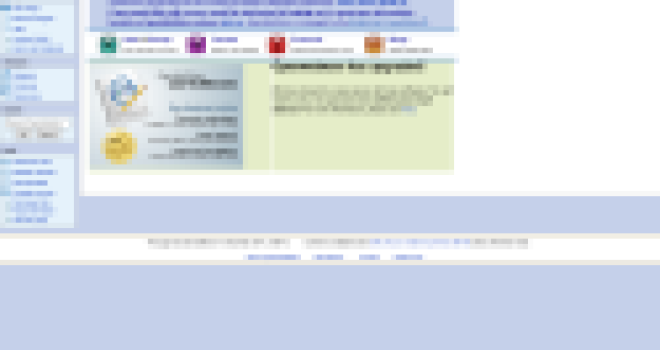
Contents
| Battle of Kapyong | |||||||
|---|---|---|---|---|---|---|---|
| Part of the Chinese Spring Offensive in the Korean War | |||||||
 Kapyong, South Korea | |||||||
| |||||||
| Belligerents | |||||||
|
| |||||||
| Commanders and leaders | |||||||
|
|
| ||||||
| Units involved | |||||||
|
| ||||||
| Strength | |||||||
| One brigade ≈ 2,000 men | Two divisions ≈20,000 men | ||||||
| Casualties and losses | |||||||
|
Total: 59 killed at least 111 wounded |
≈1,000-5,000 killed many wounded | ||||||
The Battle of Kapyong (or Gapyeong) (Korean: 가평전투, 22–27 April 1951), also known as the Battle of Jiaping (Chinese: 加平战斗; pinyin: Jiā Píng Zhàn Dòu), was fought during the Korean War between United Nations Command (UN) forces—primarily Canadian, Australian, and New Zealand—and the 118th and 60th Divisions of the Chinese People's Volunteer Army (PVA).
Statistical Genetics Wiki
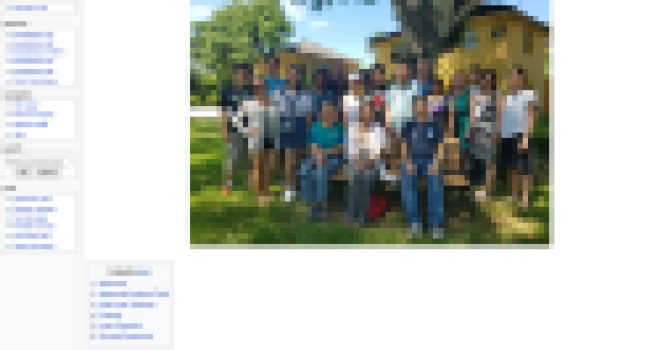
Contents
| Battle of Kapyong | |||||||
|---|---|---|---|---|---|---|---|
| Part of the Chinese Spring Offensive in the Korean War | |||||||
 Kapyong, South Korea | |||||||
| |||||||
| Belligerents | |||||||
|
| |||||||
| Commanders and leaders | |||||||
|
|
| ||||||
| Units involved | |||||||
|
| ||||||
| Strength | |||||||
| One brigade ≈ 2,000 men | Two divisions ≈20,000 men | ||||||
| Casualties and losses | |||||||
|
Total: 59 killed at least 111 wounded |
≈1,000-5,000 killed many wounded | ||||||
The Battle of Kapyong (or Gapyeong) (Korean: 가평전투, 22–27 April 1951), also known as the Battle of Jiaping (Chinese: 加平战斗; pinyin: Jiā Píng Zhàn Dòu), was fought during the Korean War between United Nations Command (UN) forces—primarily Canadian, Australian, and New Zealand—and the 118th and 60th Divisions of the Chinese People's Volunteer Army (PVA).
Cloud-Standards.org

Contents
| Battle of Kapyong | |||||||
|---|---|---|---|---|---|---|---|
| Part of the Chinese Spring Offensive in the Korean War | |||||||
 Kapyong, South Korea | |||||||
| |||||||
| Belligerents | |||||||
|
| |||||||
| Commanders and leaders | |||||||
|
|
| ||||||
| Units involved | |||||||
|
| ||||||
| Strength | |||||||
| One brigade ≈ 2,000 men | Two divisions ≈20,000 men | ||||||
| Casualties and losses | |||||||
|
Total: 59 killed at least 111 wounded |
≈1,000-5,000 killed many wounded | ||||||
The Battle of Kapyong (or Gapyeong) (Korean: 가평전투, 22–27 April 1951), also known as the Battle of Jiaping (Chinese: 加平战斗; pinyin: Jiā Píng Zhàn Dòu), was fought during the Korean War between United Nations Command (UN) forces—primarily Canadian, Australian, and New Zealand—and the 118th and 60th Divisions of the Chinese People's Volunteer Army (PVA).
WikiBooks

Contents
| Battle of Kapyong | |||||||
|---|---|---|---|---|---|---|---|
| Part of the Chinese Spring Offensive in the Korean War | |||||||
 Kapyong, South Korea | |||||||
| |||||||
| Belligerents | |||||||
|
| |||||||
| Commanders and leaders | |||||||
|
|
| ||||||
| Units involved | |||||||
|
| ||||||
| Strength | |||||||
| One brigade ≈ 2,000 men | Two divisions ≈20,000 men | ||||||
| Casualties and losses | |||||||
|
Total: 59 killed at least 111 wounded |
≈1,000-5,000 killed many wounded | ||||||
The Battle of Kapyong (or Gapyeong) (Korean: 가평전투, 22–27 April 1951), also known as the Battle of Jiaping (Chinese: 加平战斗; pinyin: Jiā Píng Zhàn Dòu), was fought during the Korean War between United Nations Command (UN) forces—primarily Canadian, Australian, and New Zealand—and the 118th and 60th Divisions of the Chinese People's Volunteer Army (PVA).
LIMSwiki

Contents
| Battle of Kapyong | |||||||
|---|---|---|---|---|---|---|---|
| Part of the Chinese Spring Offensive in the Korean War | |||||||
 Kapyong, South Korea | |||||||
| |||||||
| Belligerents | |||||||
|
| |||||||
| Commanders and leaders | |||||||
|
|
| ||||||
| Units involved | |||||||
|
| ||||||
| Strength | |||||||
| One brigade ≈ 2,000 men | Two divisions ≈20,000 men | ||||||
| Casualties and losses | |||||||
|
Total: 59 killed at least 111 wounded |
≈1,000-5,000 killed many wounded | ||||||
The Battle of Kapyong (or Gapyeong) (Korean: 가평전투, 22–27 April 1951), also known as the Battle of Jiaping (Chinese: 加平战斗; pinyin: Jiā Píng Zhàn Dòu), was fought during the Korean War between United Nations Command (UN) forces—primarily Canadian, Australian, and New Zealand—and the 118th and 60th Divisions of the Chinese People's Volunteer Army (PVA).
Wikiversity
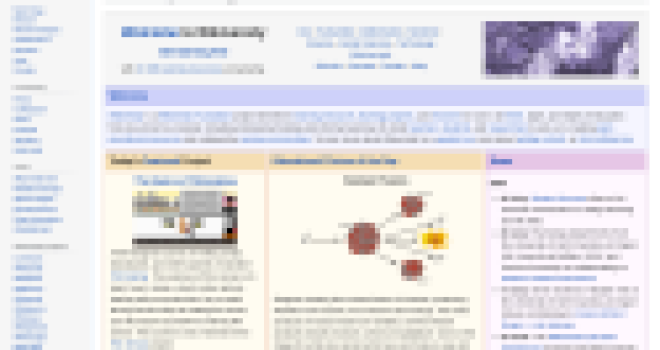
Contents
| Battle of Kapyong | |||||||
|---|---|---|---|---|---|---|---|
| Part of the Chinese Spring Offensive in the Korean War | |||||||
 Kapyong, South Korea | |||||||
| |||||||
| Belligerents | |||||||
|
| |||||||
| Commanders and leaders | |||||||
|
|
| ||||||
| Units involved | |||||||
|
| ||||||
| Strength | |||||||
| One brigade ≈ 2,000 men | Two divisions ≈20,000 men | ||||||
| Casualties and losses | |||||||
|
Total: 59 killed at least 111 wounded |
≈1,000-5,000 killed many wounded | ||||||
The Battle of Kapyong (or Gapyeong) (Korean: 가평전투, 22–27 April 1951), also known as the Battle of Jiaping (Chinese: 加平战斗; pinyin: Jiā Píng Zhàn Dòu), was fought during the Korean War between United Nations Command (UN) forces—primarily Canadian, Australian, and New Zealand—and the 118th and 60th Divisions of the Chinese People's Volunteer Army (PVA).
Wikipedia

Contents
| Battle of Kapyong | |||||||
|---|---|---|---|---|---|---|---|
| Part of the Chinese Spring Offensive in the Korean War | |||||||
 Kapyong, South Korea | |||||||
| |||||||
| Belligerents | |||||||
|
| |||||||
| Commanders and leaders | |||||||
|
|
| ||||||
| Units involved | |||||||
|
| ||||||
| Strength | |||||||
| One brigade ≈ 2,000 men | Two divisions ≈20,000 men | ||||||
| Casualties and losses | |||||||
|
Total: 59 killed at least 111 wounded |
≈1,000-5,000 killed many wounded | ||||||
The Battle of Kapyong (or Gapyeong) (Korean: 가평전투, 22–27 April 1951), also known as the Battle of Jiaping (Chinese: 加平战斗; pinyin: Jiā Píng Zhàn Dòu), was fought during the Korean War between United Nations Command (UN) forces—primarily Canadian, Australian, and New Zealand—and the 118th and 60th Divisions of the Chinese People's Volunteer Army (PVA).

















